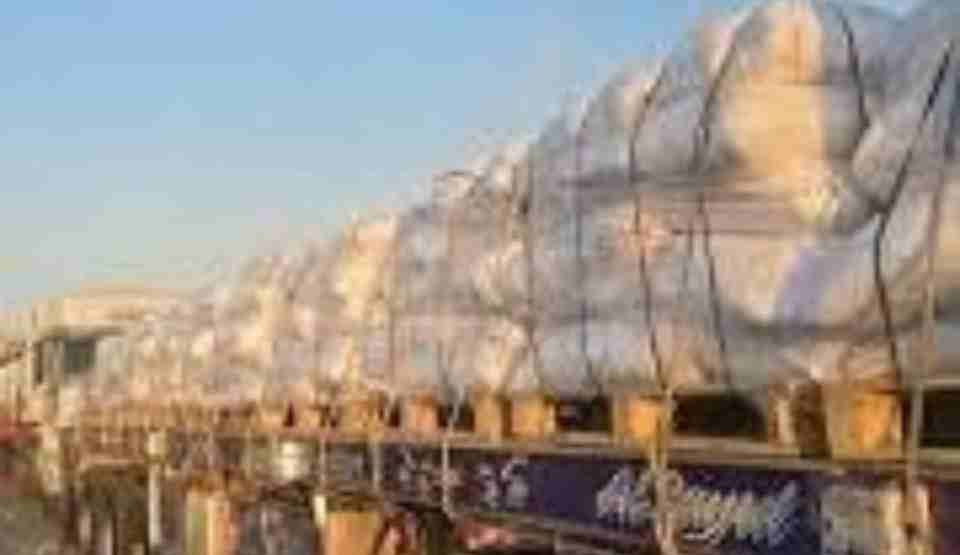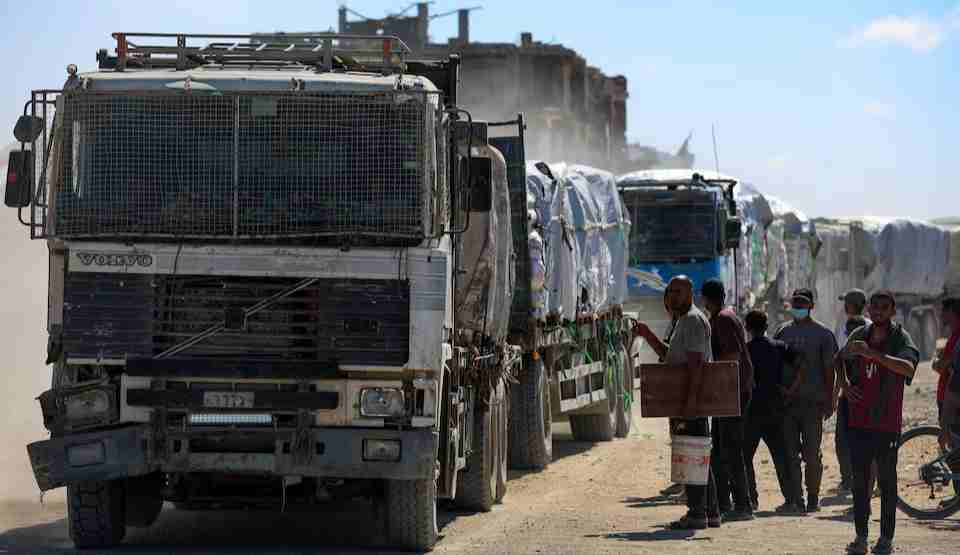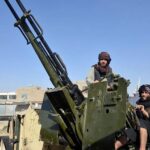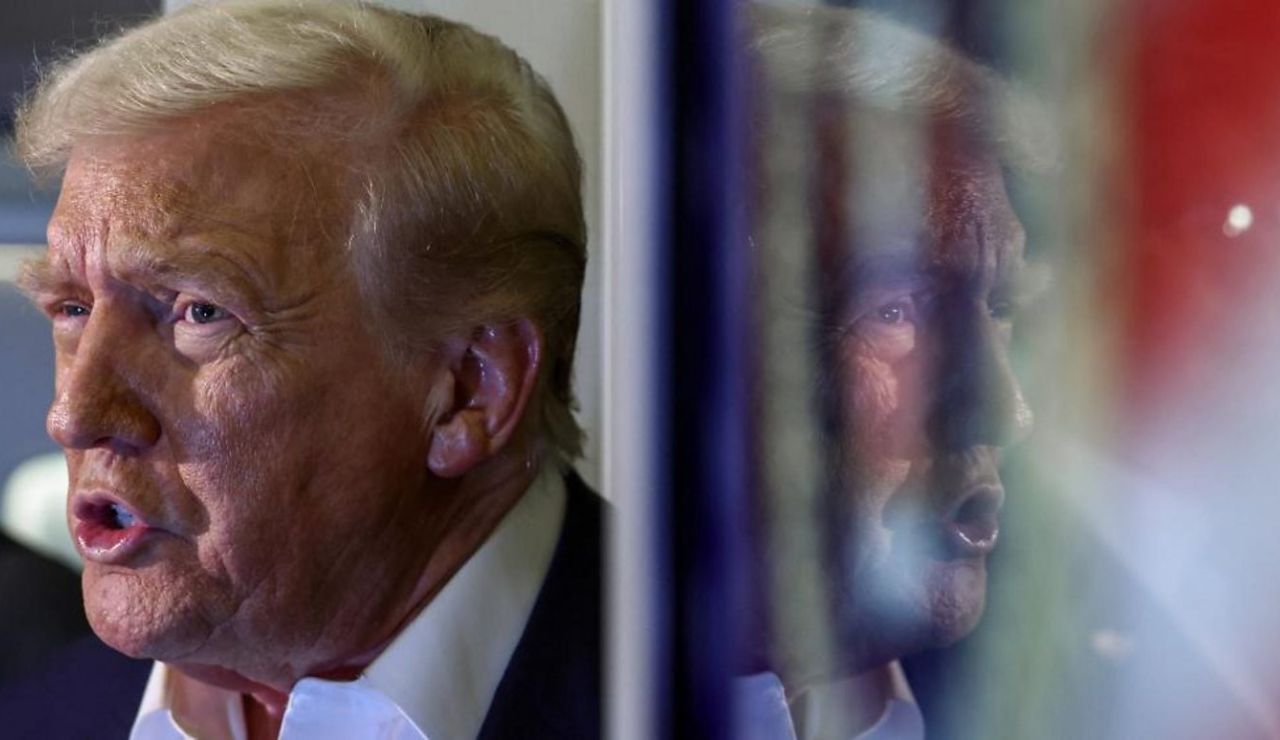JERUSALEM/CAIRO, Oct 15 (Reuters) – Humanitarian aid convoys entered Gaza on Wednesday and Israel moved forward with plans to reopen the Rafah border crossing, following a brief standoff over the retrieval of deceased hostages’ remains that had threatened the delicate ceasefire agreement with Hamas.
The temporary impasse highlighted the fragility of the truce that ended two years of intense conflict in Gaza and resulted in the release of all surviving hostages held by the militant group. Israel had warned it would restrict access through Rafah and curtail humanitarian supplies due to what it called Hamas’s delayed return of bodies.

The situation improved after Hamas delivered additional Israeli remains during the night. On Wednesday, an Israeli security source confirmed that preparations were proceeding to allow Gazan civilians through Rafah, while another official indicated 600 aid trucks were scheduled to enter the territory.
Bodies Return Dispute
Hamas handed over four confirmed deceased hostages on Monday, followed by four more late Tuesday—though Israeli officials noted one of those was not a hostage. The disagreement over remains recovery continues to pose a risk to the ceasefire, alongside other unresolved fundamental issues.
Israel maintains that the agreement’s next stage requires Hamas to surrender weapons and relinquish control—demands the group has rejected. Meanwhile, Hamas has initiated an aggressive security operation, demonstrating its authority through public executions and confrontations with local tribal groups.
Critical long-term questions remain unanswered, including Gaza’s future governance structure, the composition of an international stabilization force, and progress toward establishing a Palestinian state.
Twenty-one hostage bodies remain in Gaza, with some potentially difficult to locate due to widespread destruction from the conflict. An international team has been tasked with their recovery.
Under the agreement, Israel must also return 360 Palestinian bodies. The initial batch of 45 was transferred Tuesday and is undergoing identification by Palestinian health officials.

Humanitarian Crisis and Border Operations
The conflict has created a severe humanitarian emergency in Gaza, displacing nearly the entire population. A global monitoring organization has confirmed famine conditions, and the healthcare system faces overwhelming strain.
“Our situation is utterly tragic. We went back to our homes in the al-Tuffah neighbourhood and found there are no homes at all. There is no shelter. Nothing,” said Gaza City resident Moemen Hassanein, standing before makeshift tents and temporary shelters.
Aid trucks entered through various crossings, though it remained unclear whether Wednesday’s convoys would meet the ceasefire requirement of 600 trucks daily. The Rafah crossing is expected to open for civilian passage Thursday, with European Union personnel stationed there, according to two sources. Details on any movement restrictions were not immediately available.
The Palestinian Authority, which administers the Israeli-occupied West Bank, announced it was preparing to manage the crossing operations. Some Palestinians awaiting medical evacuation reported they had not yet been notified to prepare for departure.
Israeli public broadcaster Kan stated Wednesday’s deliveries would encompass food, medical equipment, fuel, cooking gas, and infrastructure repair materials.
“Humanitarian aid continues to enter the Gaza Strip through the Kerem Shalom Crossing and other crossings after Israeli security inspection,” an Israeli security official stated.
The political sensitivity surrounding the truce was evident when Israel’s far-right National Security Minister Itamar Ben-Gvir, who opposes the ceasefire, called the aid delivery a “disgrace” on social media.
“Nazi terrorism understands only force, and the only way to solve problems with it is to wipe it off the face of the earth,” he wrote, accusing Hamas of deception regarding hostage remains.
Security Situation
Multiple Palestinian factions in Gaza have endorsed Hamas’s multi-day security campaign against local clan groups. The Popular Front for the Liberation of Palestine, among those supporting the operation, characterized the targeted clans as “hubs of crime.” Hamas has executed several individuals accused of collaborating with Israel.
The U.S. military’s Central Command urged Hamas to “suspend violence and shooting at innocent Palestinian civilians” and disarm “without delay.”
U.S. President Donald Trump, who negotiated the ceasefire, expressed support this week for Hamas’s actions against criminal groups while cautioning the organization would face air strikes if it failed to disarm later.
Palestinian Authority chairman Mahmoud Abbas denounced the public executions after Reuters verified video footage showing masked gunmen killing seven men on a Gaza street.
Israeli military forces in Gaza have withdrawn to what the agreement designates as a yellow line outside major urban areas. Israeli Defence Minister Israel Katz warned of immediate action against any violations of this boundary.
Reporting by Steven Scheer and Maayan Lubell in Jerusalem, Nidal al-Mughrabi in Cairo, Olivia Le Poidevin in Geneva, Ali Sawafta in Ramallah and Alexander Cornwell in Tel Aviv; additional reporting by Tala Ramadan, Jana Choukeir and Ahmed Elimam in Dubai; Writing by Angus McDowall; Editing by Ros Russell, Aidan LewisRetryClaude can make mistakes. Please double-check responses.






